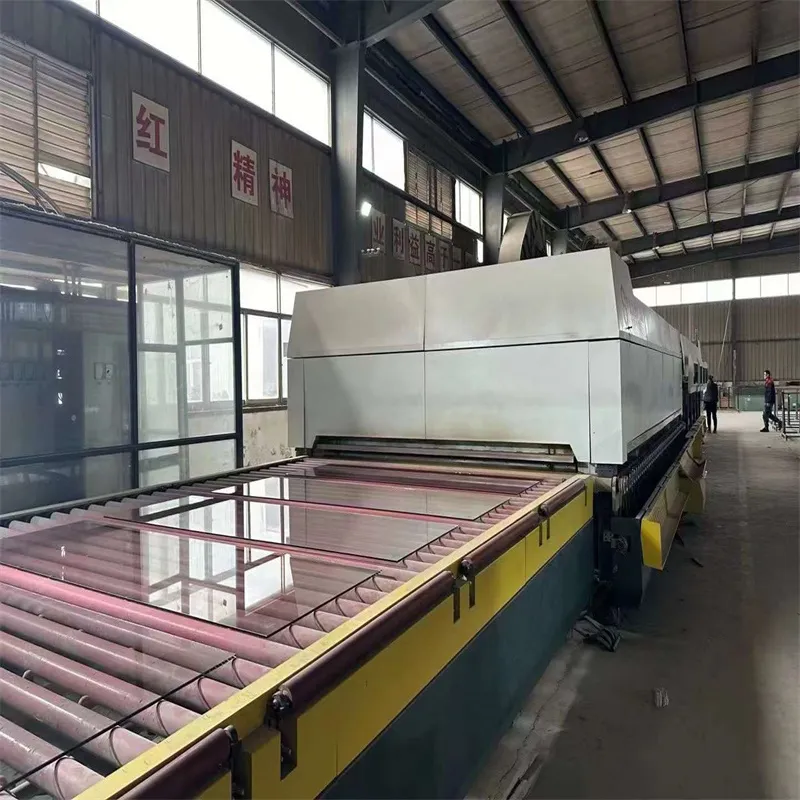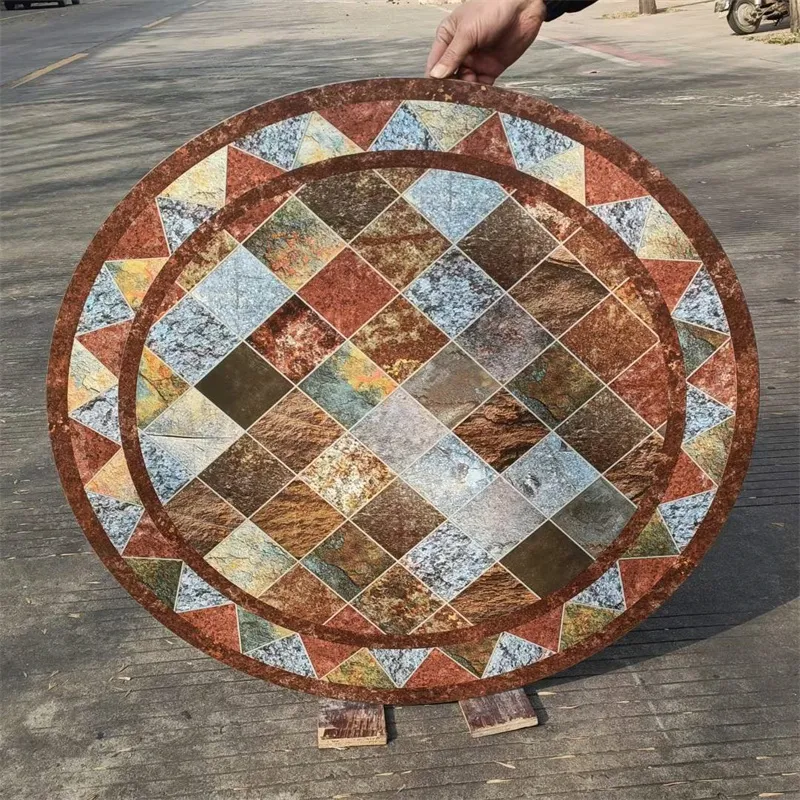Nov . 27, 2024 11:07 Back to list
Comparison of Laminated Glass and Tempered Glass in Architectural Applications
Understanding Laminated Glass and Tempered Glass
In the construction and design industry, the choice of materials significantly impacts the safety, aesthetics, and functionality of a structure. Among the most popular materials are laminated glass and tempered glass, both of which offer unique benefits that cater to various needs. This article explores the characteristics, applications, and advantages of laminated glass and tempered glass, helping you understand when to use each type.
What is Laminated Glass?
Laminated glass is a type of safety glass that consists of two or more layers of glass sandwiched together with an interlayer made of polyvinyl butyral (PVB) or other similar materials. This interlayer holds the glass layers together, even when broken, preventing the glass from shattering into dangerous shards. The layers can be made from different thicknesses and customized for aesthetic results and performance specifications.
One of the primary characteristics of laminated glass is its ability to block harmful UV rays. The interlayer can filter up to 99% of UV radiation, making it an excellent choice for buildings that house sensitive materials, artworks, or individuals who spend extended periods near windows. Additionally, laminated glass provides excellent sound insulation, making it ideal for urban buildings where noise pollution is a concern.
Applications of Laminated Glass
Laminated glass is widely used in various applications, including
1. Architectural Design It is often utilized in facades, storefronts, and windows, providing both safety and aesthetic appeal. 2. Automotive Industry Laminated glass (such as windshields) is commonly used in vehicles due to its impact resistance and ability to hold shattered glass in place.
3. Safety Glass for Public Spaces Schools, hospitals, and commercial buildings frequently use laminated glass to enhance safety by minimizing the danger posed by breakage.
4. Balustrades and Canopies In areas where glass needs to support weight or withstand impact, laminated glass provides the necessary structural integrity.
What is Tempered Glass?
Tempered glass, also known as toughened glass, is made by heating standard glass to high temperatures and then rapidly cooling it. This process alters the internal structure of the glass, making it much stronger than untreated glass. In fact, tempered glass is typically four to five times stronger than standard glass of the same thickness. When broken, tempered glass shatters into small, blunt pieces that are less likely to cause injury, making it a safer option for various applications.
laminated glass and tempered glass

Applications of Tempered Glass
Tempered glass is commonly used in several applications, including
1. Shower Doors Its strength and safety properties make it a popular choice for glass enclosures in bathrooms.
2. Storefronts and Windows Many commercial buildings use tempered glass for large windows, facades, and doors due to its durability and resistance to thermal stress.
3. Automotive Applications Side windows and rear windows of vehicles are often made of tempered glass for enhanced safety.
4. Glass Furniture Due to its sleek appearance and strength, tempered glass is used in tables and display cases.
Advantages of Laminated Glass vs. Tempered Glass
While both laminated glass and tempered glass offer safety benefits, their applications differ due to their unique properties.
- Laminated Glass Its ability to hold together when shattered provides excellent safety and soundproofing capabilities. It is ideal for applications where sound insulation and UV protection are crucial. Additionally, laminated glass can be customized with various interlayers that offer aesthetic appeal, including colored or textured finishes.
- Tempered Glass The main advantage of tempered glass lies in its strength and resistance to thermal stress. It is suited for high-impact environments and applications where glass is subjected to mechanical loads. Its propensity to shatter into small pieces is beneficial in preventing serious injuries.
Conclusion
In choosing between laminated glass and tempered glass, it is essential to consider the specific requirements of your project. Laminated glass excels in sound insulation, UV protection, and safety by preventing sharp shards, while tempered glass is renowned for its strength and resistance to breakage. Understanding the unique advantages of each glass type ensures that you make an informed decision, maximizing both safety and aesthetic value in your construction or design project.
-
Safety and Style with Premium Laminated Glass Solutions
NewsJun.24,2025
-
Reinvents Security with Premium Wired Glass
NewsJun.24,2025
-
Premium Float Glass Line for Modern Architecture
NewsJun.24,2025
-
Low Emissivity Glass for Energy-Efficient Architecture
NewsJun.24,2025
-
High-Performance Insulated Glass Solutions for Modern Architecture
NewsJun.24,2025
-
Elevates Interior Style with Premium Silver Mirror
NewsJun.24,2025
Related PRODUCTS














